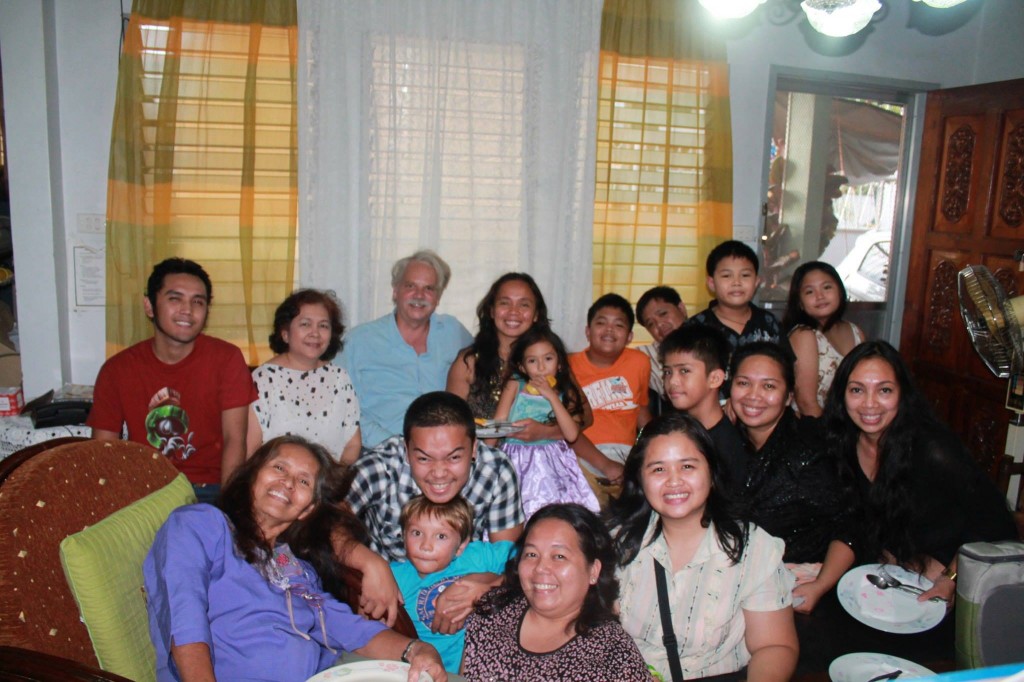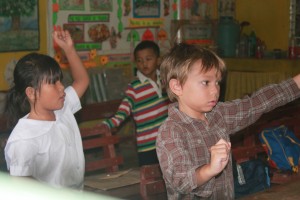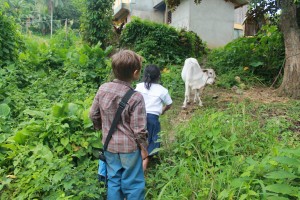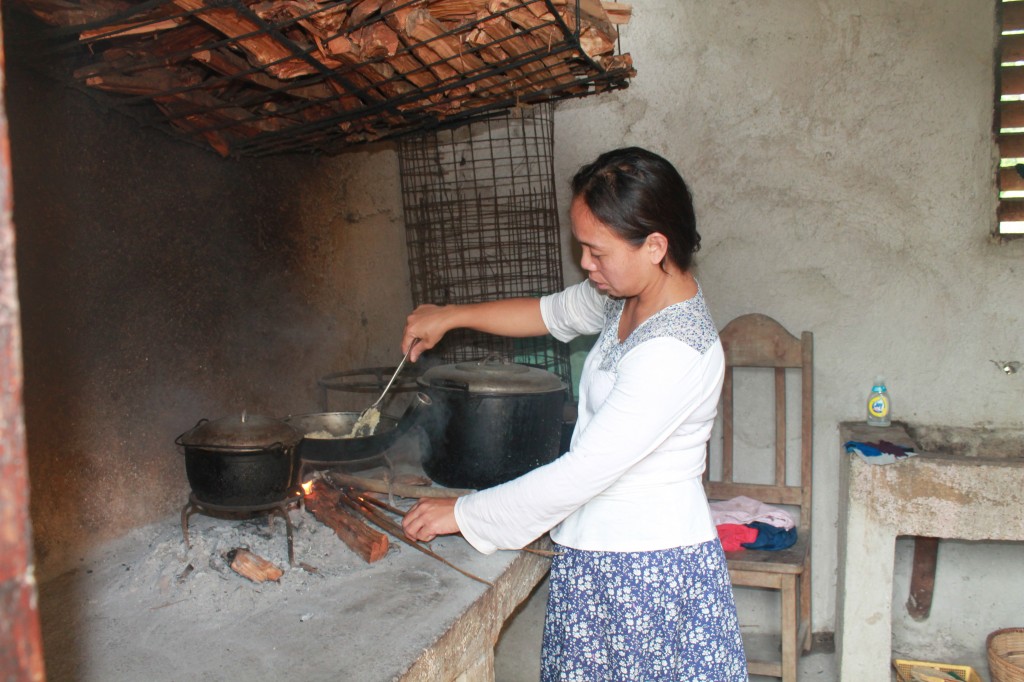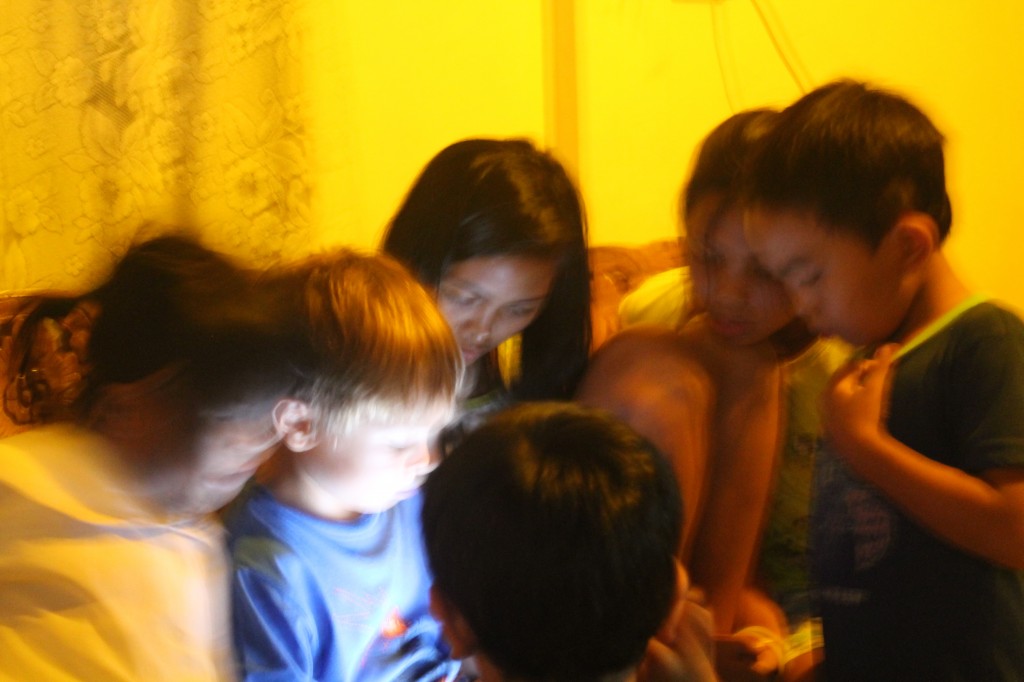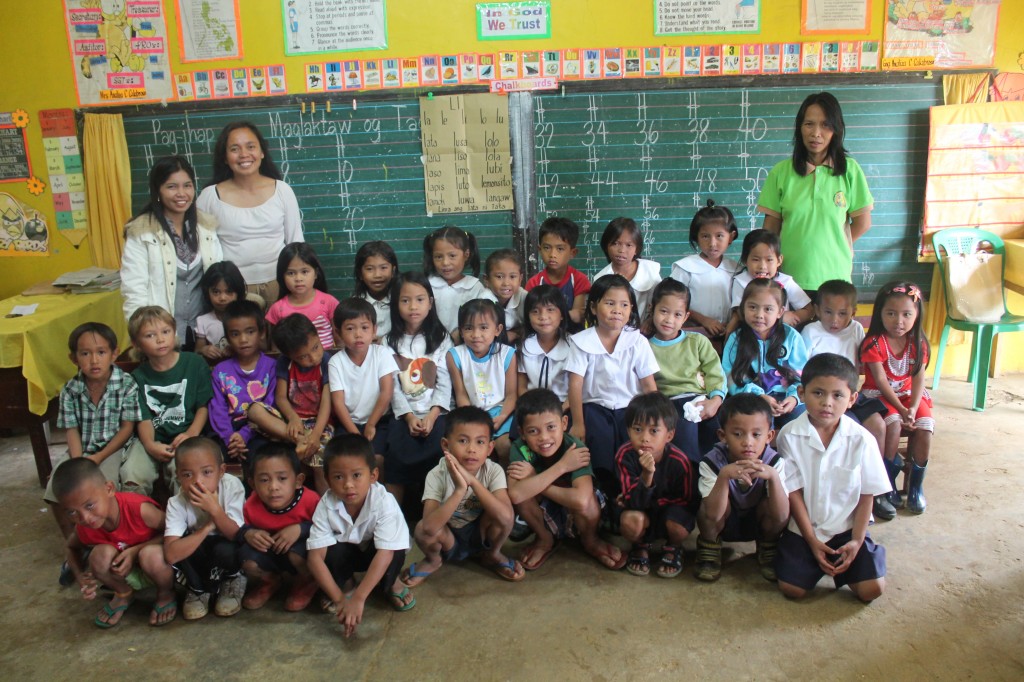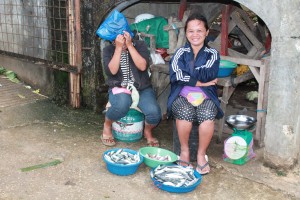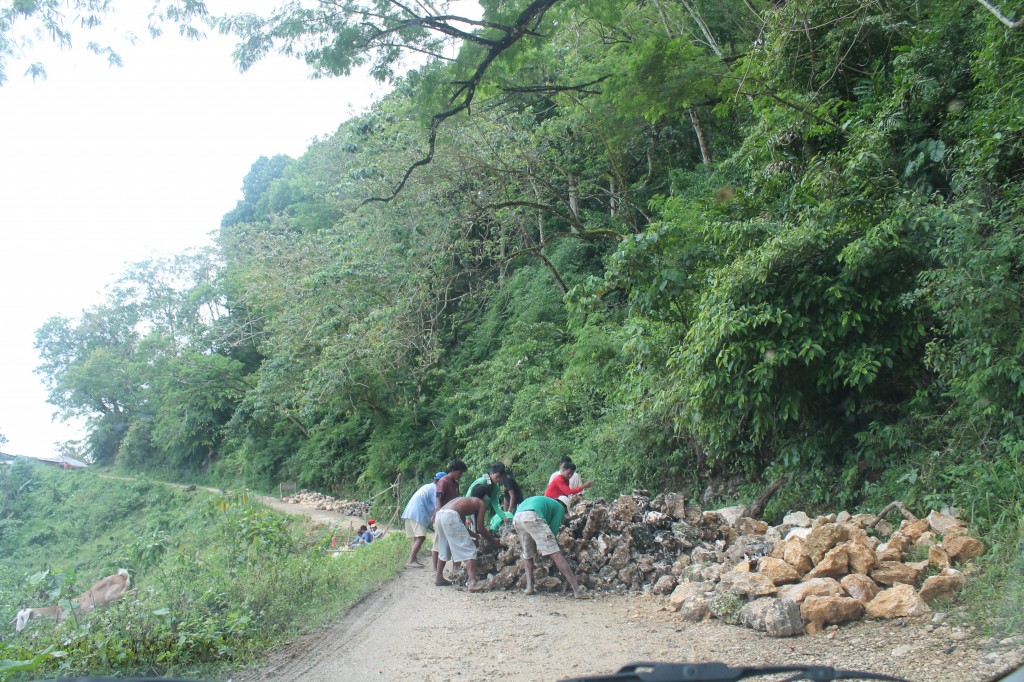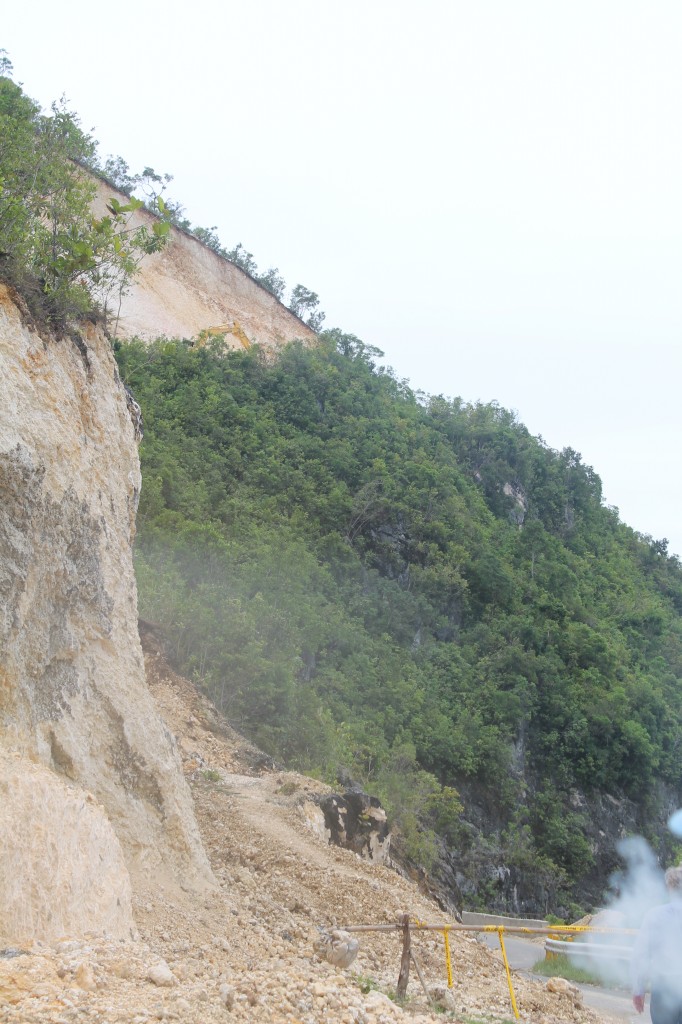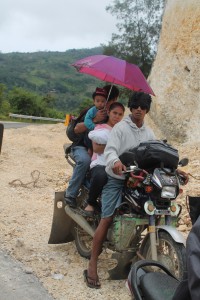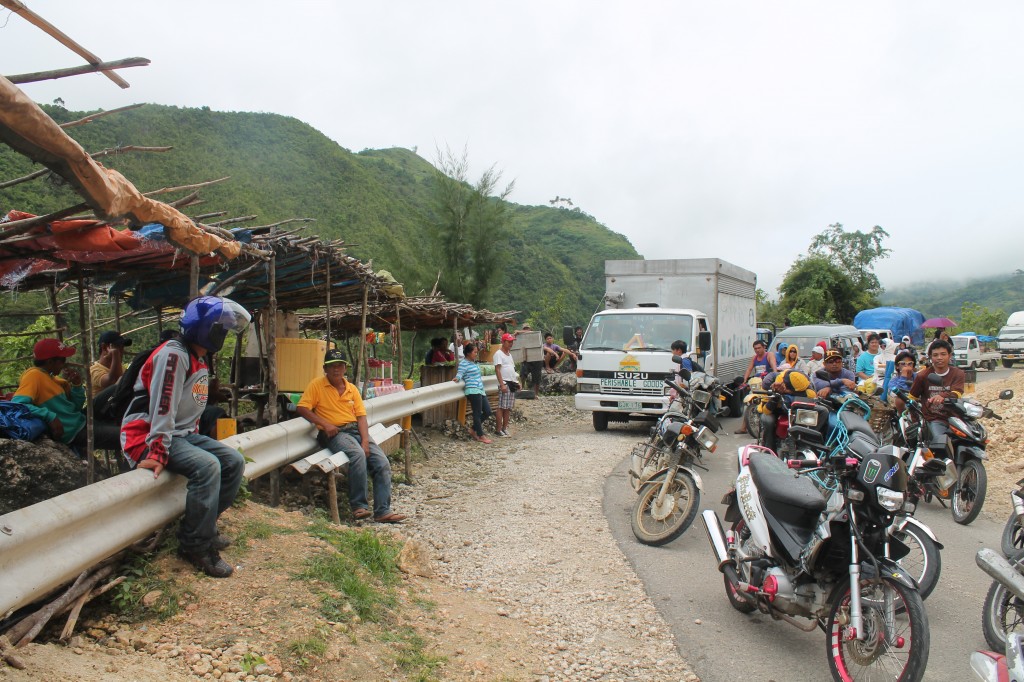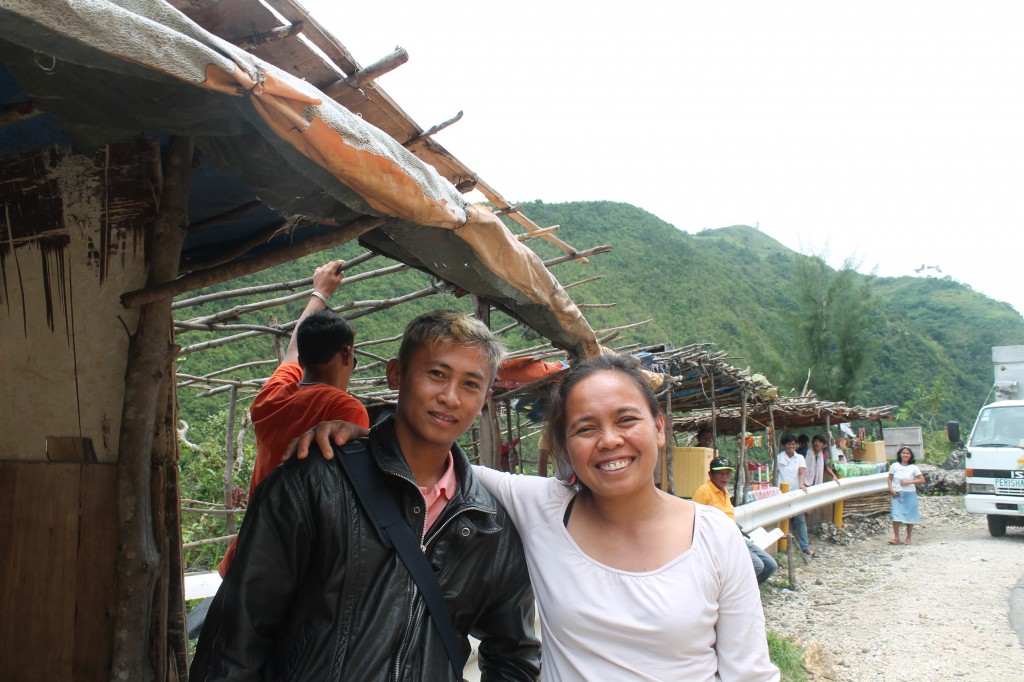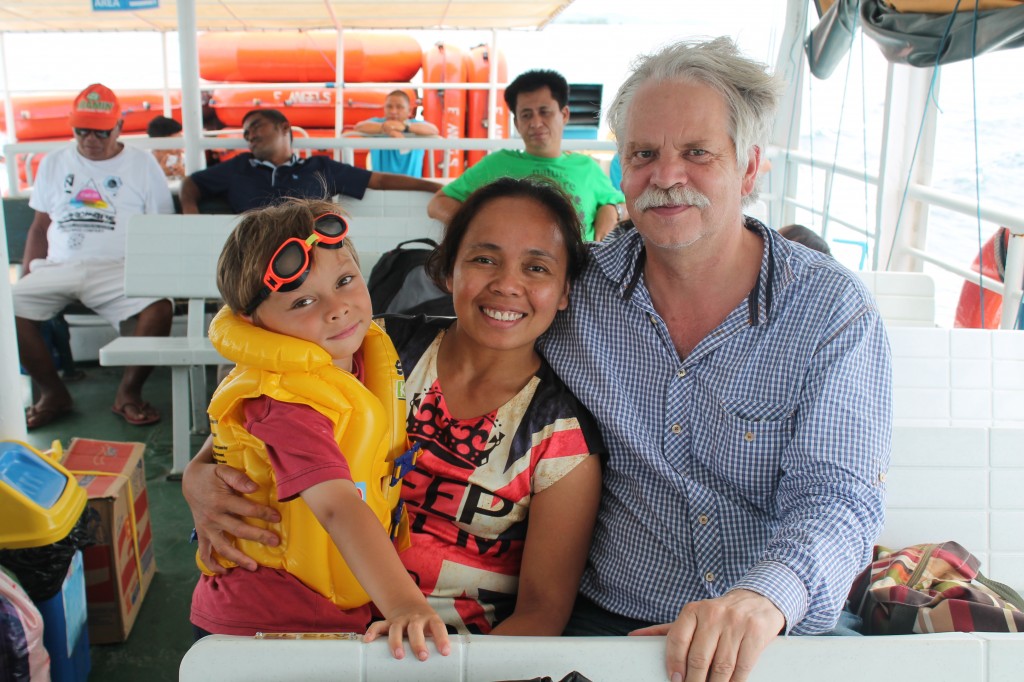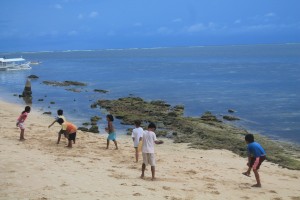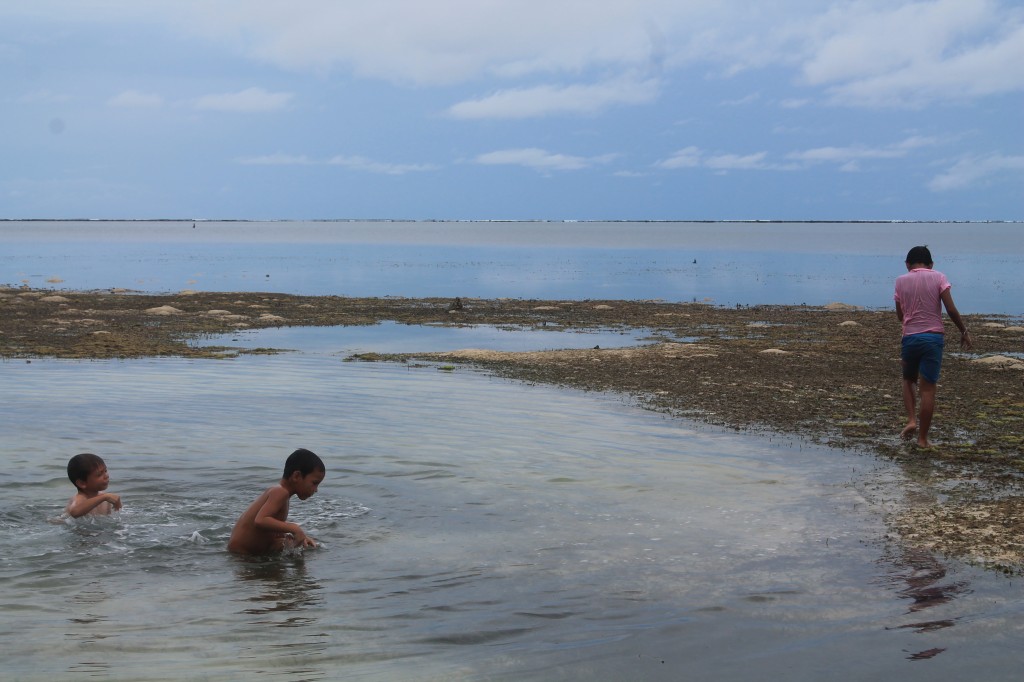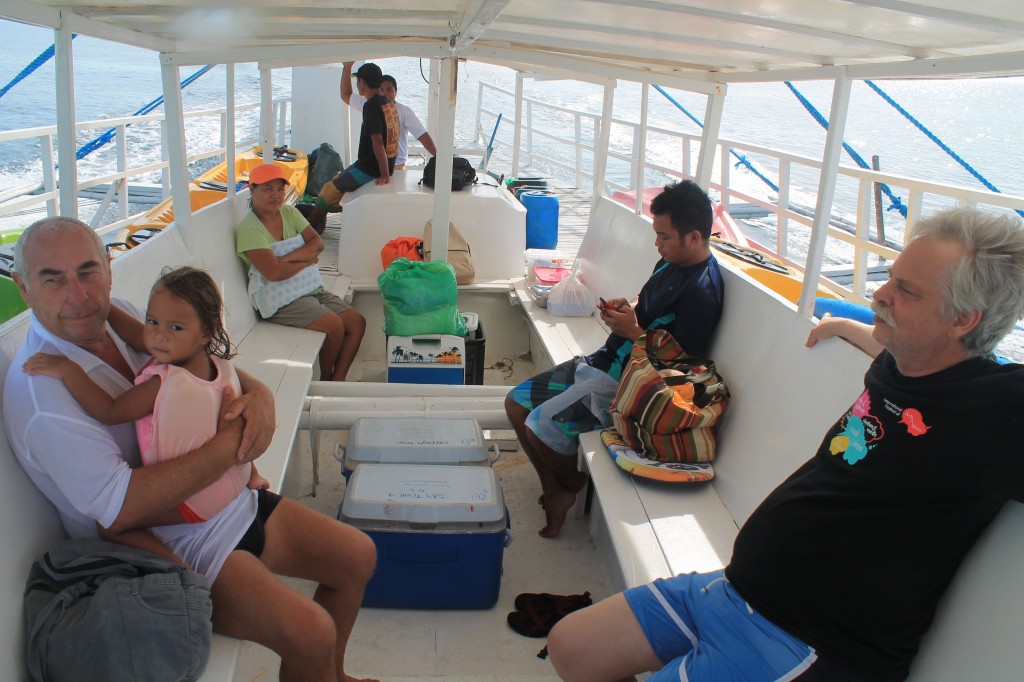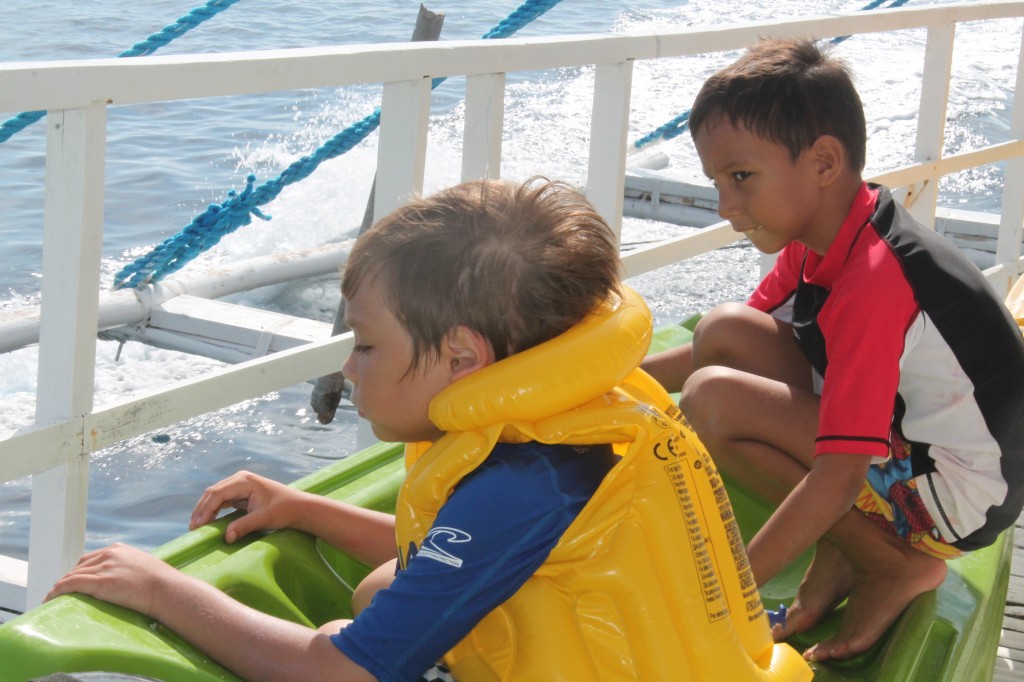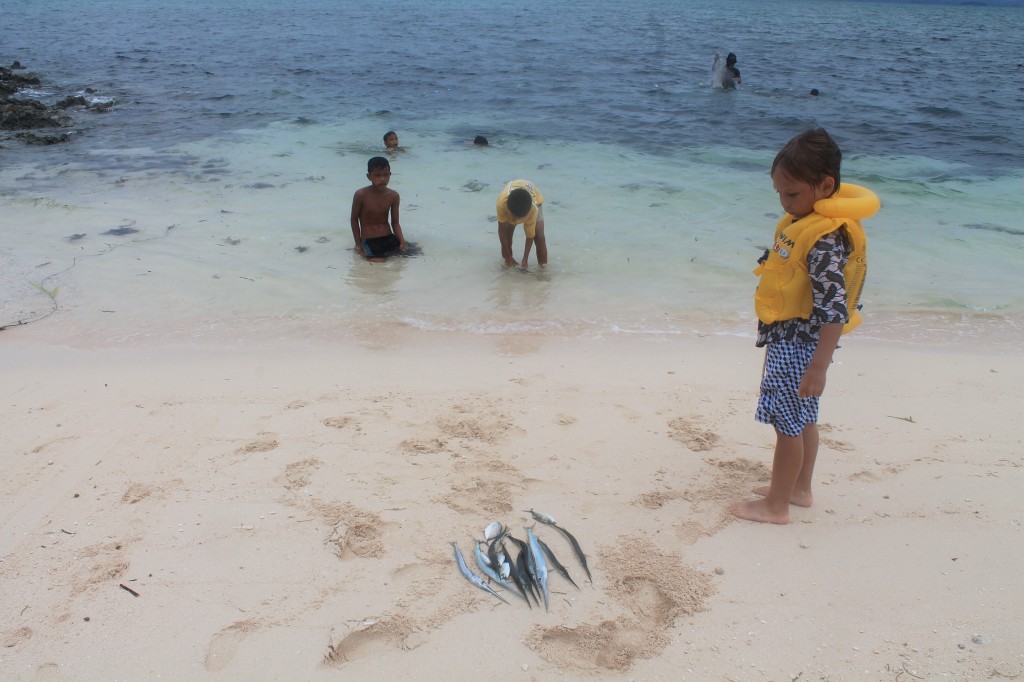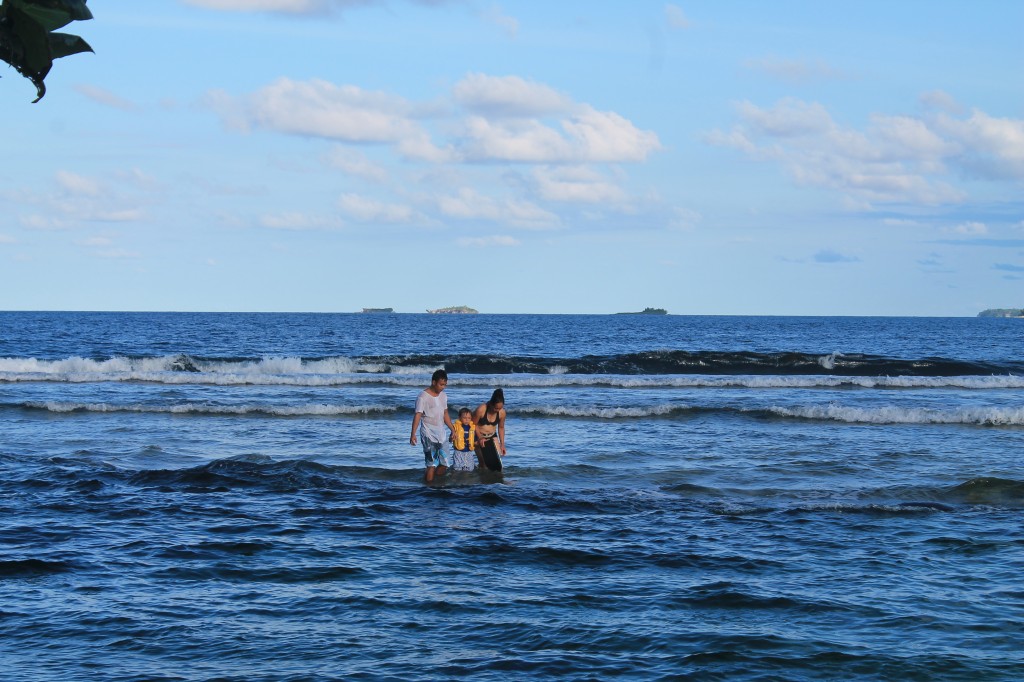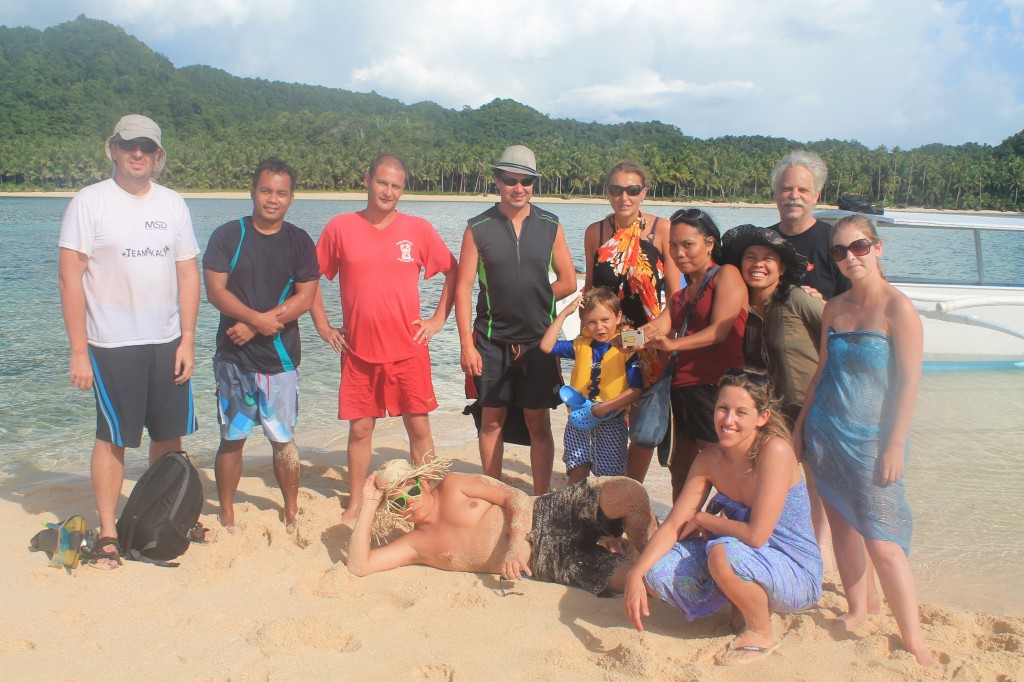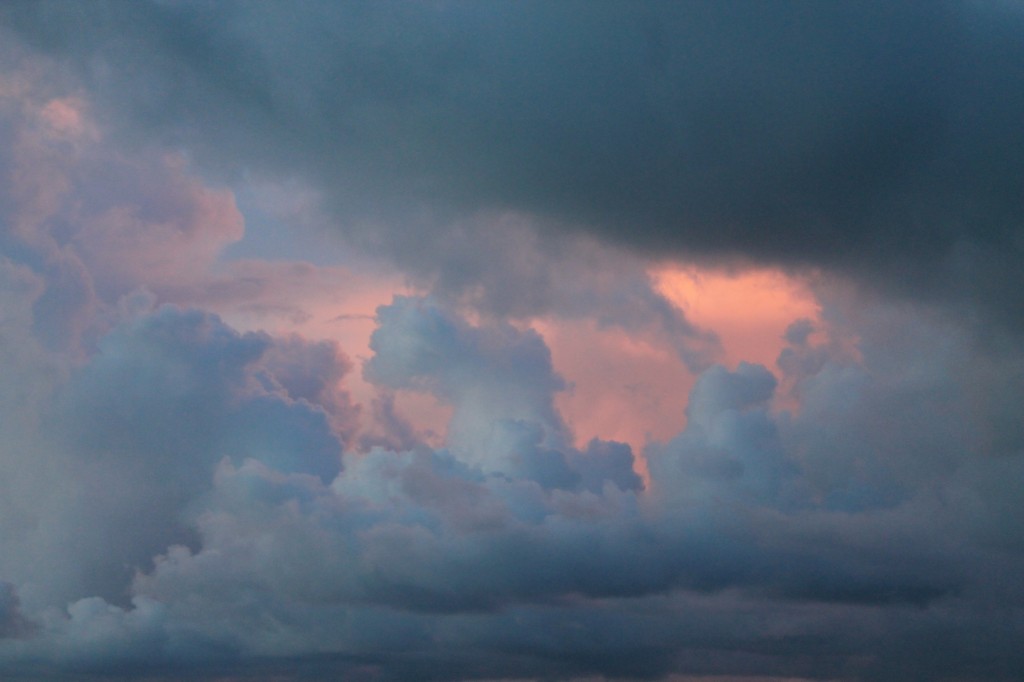Our trip had three, maybe four dimensions. Without them, it would not have made sense. And together it made a memorable and rewarding visit–certainly the most successful of our trips as a family. First, we wanted to see family, but mostly particularly we wanted John Carlos to reconnect with his extended family and also with daily life in the Philippines. Core family was in the Cebu City area. Picture taking was, of course, required:
John Carlos and Threese spent several weeks in Manlapay in the Southern part of Cebu Island. Her mother grew up there, and it is one of two towns composed primarily of relatives. John Carlos went to the local primary school, where classes are conducted in Cebano. His teacher was a relative, the principal was a relative and many of his classmates were second cousins.
I managed to spend a few days there a the end of our stay. We stayed at another Aunt’s house–she was in Texas but other family members were living in half of the house, so we moved in.
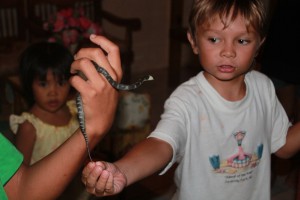
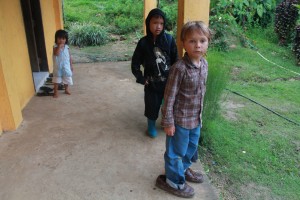 There is no cell phone service or Internet in Manlapay.
There is no cell phone service or Internet in Manlapay.
That Monday we descended on the school with video and still cameras.
We had visited Manlapay once before––for about an hour when John Carlos was one and a half. The roads were consistently tortuous–almost impassable then. Everyone but the driver (me) had to get out numerous times to lighten the car and push. This time the roads were much improved.
The drive from Dalaguate to Mantalongon, the market center for vegetables in this area (it is known as the vegetable basket of Cebu), was quite easy due. We stopped to see one of 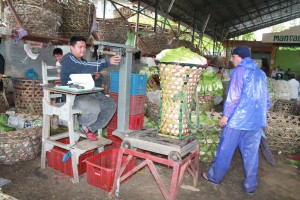 Threese’s uncles, who owns a bakery and ended up doing some filming. A little like typical tourists, we were impressed with the
Threese’s uncles, who owns a bakery and ended up doing some filming. A little like typical tourists, we were impressed with the
large open shed where farmers were carrying in the cabbages, carrots and so forth. The weather was cold and windy: people were wearing jackets–not at all what one thinks of this part of the world. We unexpectedly ran into one of Threese’s aunt–a woman who had been reasonably well off until her husband was killed by one of the buses that barrel along the highway––for which she received no compensation. Now she is raising her child by selling fish in this market town.
They were busy building paved roads from Dalaguete to Manlapay, but the work was being done in noncontinuous sections. We had more difficulty going from Mantalongon to Manlapay–and later back again. On our way out, we were stopped by several different crews who were widening the road.
In this mountainous countryside, the roads are often treacherous. The most poignant spot was one I remembered from our previous visit: a narrow curvy section along the edge of a cliff. This is where the truck that was carrying coal and Threese’s grandmother went off the road, killing her and everyone else. She was on her way to Cebu City (a six hour drive) with vegetables to sell and to buy a wedding cake for a relative. That section of the road was being widened as we left:
We had to wait for an hour or so–until the lunch break–while they dynamited the mountain above the road. Travelers piled up. A few make-shift stores had been opened. And once again, Threese met a relative–a cousin this time.
A fourth goal for our visit was to have a little vacation time and to see a part of the Philippines that was unfamiliar. We ended up deciding to go to Siargo. We took a ferry––a quite primitive ferry at that––from Cebu to Surigao City on the northern tip of Mindanao, then another smaller ferry to Dapa on the island of Siargo–and on to General Luna.
We stayed at Patrick’s on the Beach with Andreas Mikoleiczik, his wife Elizabeth and their kids, with whom John Carlos played when they were not in school. 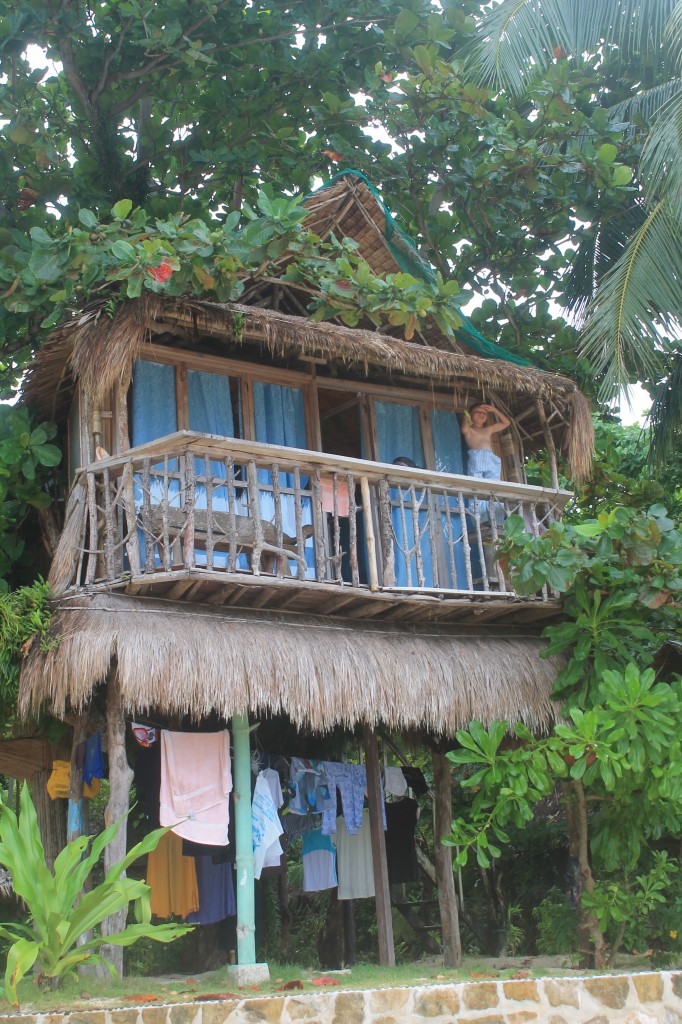
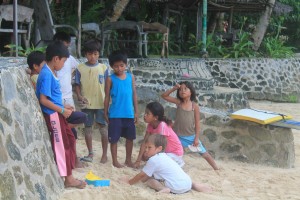
The beach area. John Carlos quickly made friends.
We went on two different expeditions to nearby islands. We were very happy to be there.
The Sky at Sunset, on our way back home.

